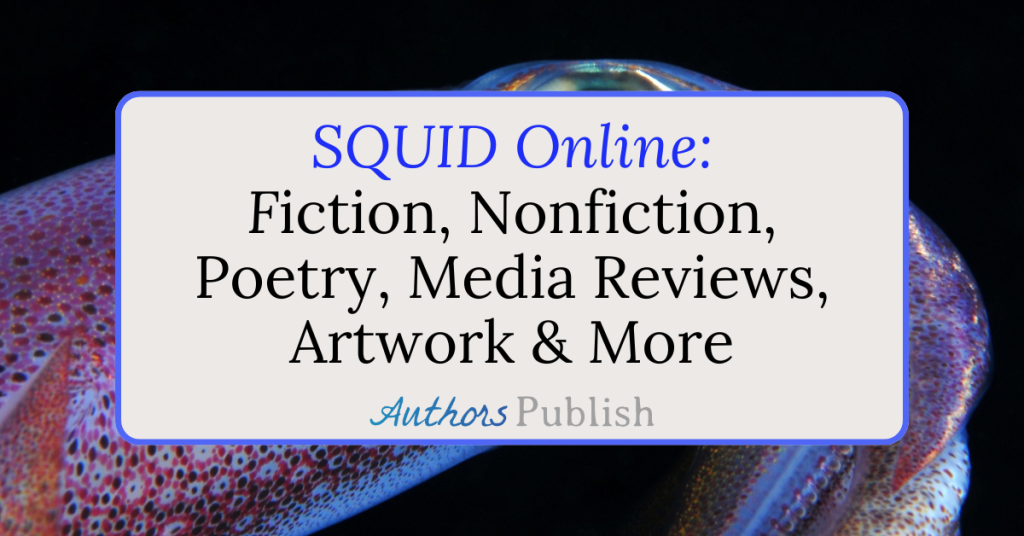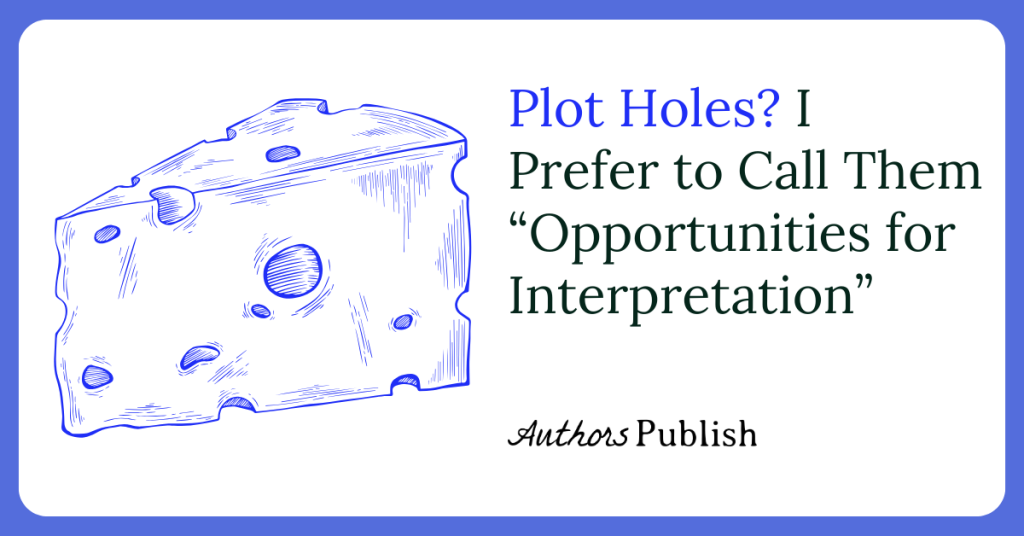By Emily-Jane Hills Orford
Food is a big part of our lives, so it stands to reason that food should, and does, appear in written works. It doesn’t have to be just a mere mention of some special ribs shared in a dinner scene in your murder mystery. Food can be incorporated into the act of plotting. There are some cozy mystery writers who centre their plots around food preparation. Amanda Flower and her Amish candy shop series creates delicious treats, some of which end up being deadly delights. Her titles even suggest as much. Eve Calder’s cookie house mystery series also embellishes on the power of creating tempting treats – treats that are just as deadly as they are sweet.
Food itself can be the substance of a story on its own, something that would appeal to food magazines, like Home Cooking. There’s always a story that inspires a specific food, as well as a food that inspires a specific story. Whether writing food into a mystery plot or writing a story about a specific food, there are some things to keep in mind.
For me, food writing begins with a memory. In the 1960s, easy-prep foods were quite the new ‘thing’. I never understood the attraction to preparing something from a mix, when the preparation was just as involved and time-consuming as making something from scratch. Like pizza, for instance. Pizza mixes made their debut in the 1960s and were all the craze for teenagers.
I remember with some amusement my introduction to pizza mixes. I was about seven and my teenage brother and sister were enthralled with the pizza craze of the late ‘60s. Alternately reading the instructions and arguing over the procedure, they struggled with a sticky pizza dough which left its mark on every corner of the kitchen. Unimpressed, I didn’t wait around to try the finished disaster. I settled for a scrambled egg instead. (Recipes Only Magazine Feb/Mar 1988)
My siblings weren’t impressed that I remembered the pizza mix fad that invaded our home briefly. They were even less impressed that I wrote about it. But I have to admit, my recipes (made from scratch and much quicker and less messy than the mix) were the true ‘hit’ of this story. (It paid well, too, I might add.)
Taking food to the next level, I included both food stories and recipes in my full-length books – memoirs, creative nonfiction and even fiction. You can, too.
So, why is food an important ingredient (no pun intended) to a story? Well, for starters, it adds a touch of realism to the story. Why? Because everyone eats, don’t they? What they eat, defines them, defines their geographic location, suggests historical timeline, and so much more. It adds flavor to the story (again, no pun intended). Food is a useful tool for writers to manipulate and control. As well as description and plot points, food can add a touch of symbolism or allegory. Remember C.S. Lewis’s The Lion, the Witch and the Wardrobe? Edmund loved the Turkish Delights, describing them as “sweet and light to the very centre.” Turkish Delights also presented symbolism of Edmund’s mistakes, particularly his craving for these Turkish Delights that bewitched him into hurting those around him, all so he can give the White Witch what she wanted and get more of the Turkish Delights.
Food can also be used metaphorically as we learn in Charles Dickens’s Oliver Twist and his famous hearty-wrenching line, “Please Sir, I want some more.”
Like anything else you write, it’s important to know your audience and know that your audience knows their food. So don’t try to fake the foody parts. It just won’t work. Just like faking a battle scene or a hockey game will never fool the readers. If you don’t know what you’re writing about, then don’t write it.
The authors I’ve read who are successful with their food themes, have their own basic recipes as guidelines. Some even include recipes for the featured foods in the story. It’s important to keep the facts straight, like anything else. There’s no point in writing about toffee if you don’t know the ingredients and the process. How else can you convince your readers that something tangibly deadly could be included in the finished product?
Use your descriptive narrative to make the foods in your story really stand out. Remember to point out characteristics that are specific to the food being features, like the flavor, texture and even the smell. Don’t just describe something like toffee as being ‘tasty’ or ‘scrumptious.’ Make it ‘buttery,’ ‘thick and creamy’, and ‘heavenly sweet.’ Make the reader’s mouth salivate in anticipation. Descriptive language is always very important.
Make food into an experience, something that brings people together, whether it’s a group of women baking up a storm in an Amish kitchen (a familiar scene in many Amish cozy fictions), or just sitting down to enjoy a wholesome meal together. Make food the story, or use it to create a sense of urgency, like a character who becomes a victim to foul play when consuming food that contains an allergen that is deadly to that particular character (Amanda Flower uses this plot development in one of her Amish candy shop cozy mysteries).
Use food as an experience. John Grisham (The Exchange) and Kate Carlisle (the Bibliophile mystery series) use food as a useful experiential tool, giving the characters an added depth. There’s also some humor attached to food in these examples, as well as many other examples. The authors highlight the ingredients and the process to make food a valuable part of the plot.
While writing food into the story, it’s important to consider some questions to help keep you, and your food, totally involved.
- Do your characters eat and drink? This question may seem pretty basic, since presumably the answer is yes, since most living creatures eat and drink, but it’s important to establish that your characters do, in fact, eat and drink.
- Is the food in your story going to be safe? Or dangerous, perhaps even deadly? Consider the food allergy angle.
- Are there rituals associated with consuming food and drink? For example, does the family say grace or thanks to the provider before eating?
- Is the food in the story associated to a specific cultural tradition? Like shortbread is popular during Christmas time.
- Does your character(s) have a unique relationship with food? Are certain foods addictive? Or is one or more of your characters suffering from bulimia?
- Are there any significant memories your character has about food, its preparation or its consumption?
One valuable lesson I learned writing about food for food magazines is that it’s a discipline in itself. The discipline of writing food stories taught me the importance of order, capturing the reader’s interest, and the ongoing need to be concise and to-the-point. The key is to write, to shoulder the discipline and the criticism and to keep on writing. Food writing, food stories and recipes, taught me that and so much more.
Emily-Jane Hills Orford is a country writer, living just outside the tiny community of North Gower, Ontario, near the nation’s capital. With degrees in art history, music and Canadian studies, the retired music teacher enjoys the quiet nature of her country home and the inspiration of working at her antique Jane Austen-style spinet desk, feeling quite complete as she writes and stares out the large picture window at the birds and the forest. She writes in several genres, including creative nonfiction, memoir, fantasy, and historical fiction. http://emilyjanebooks.ca






